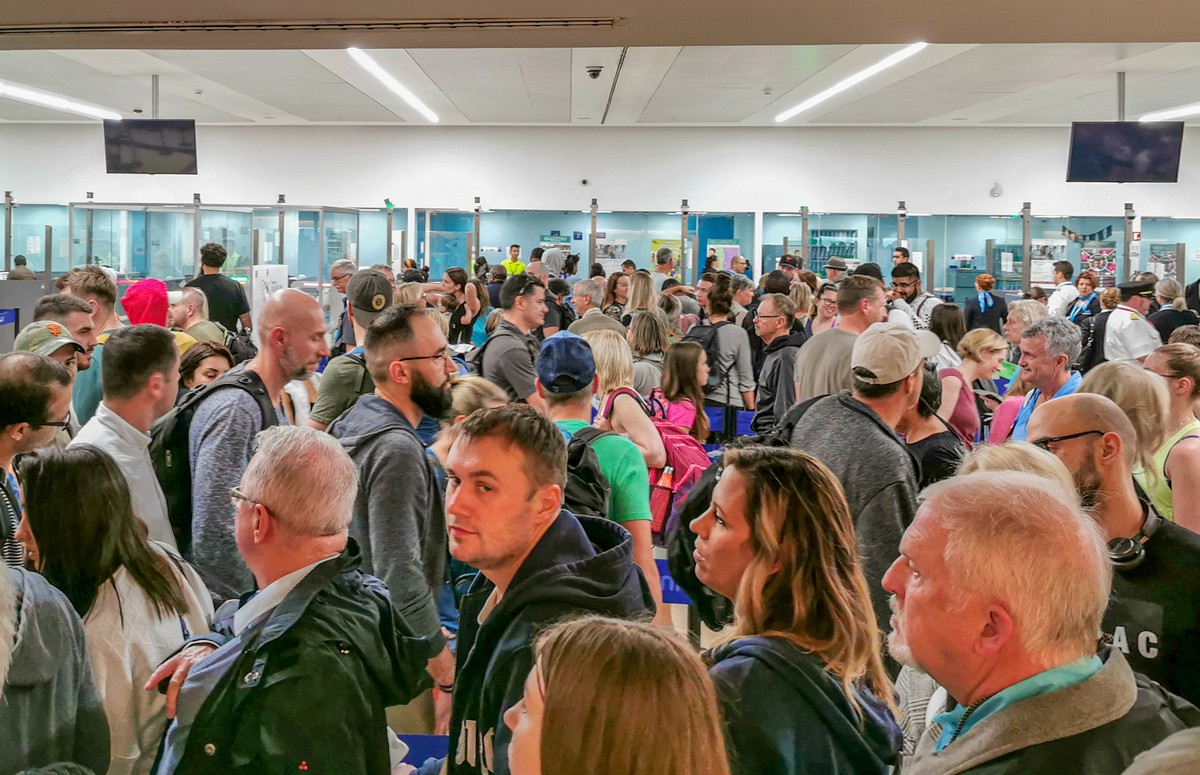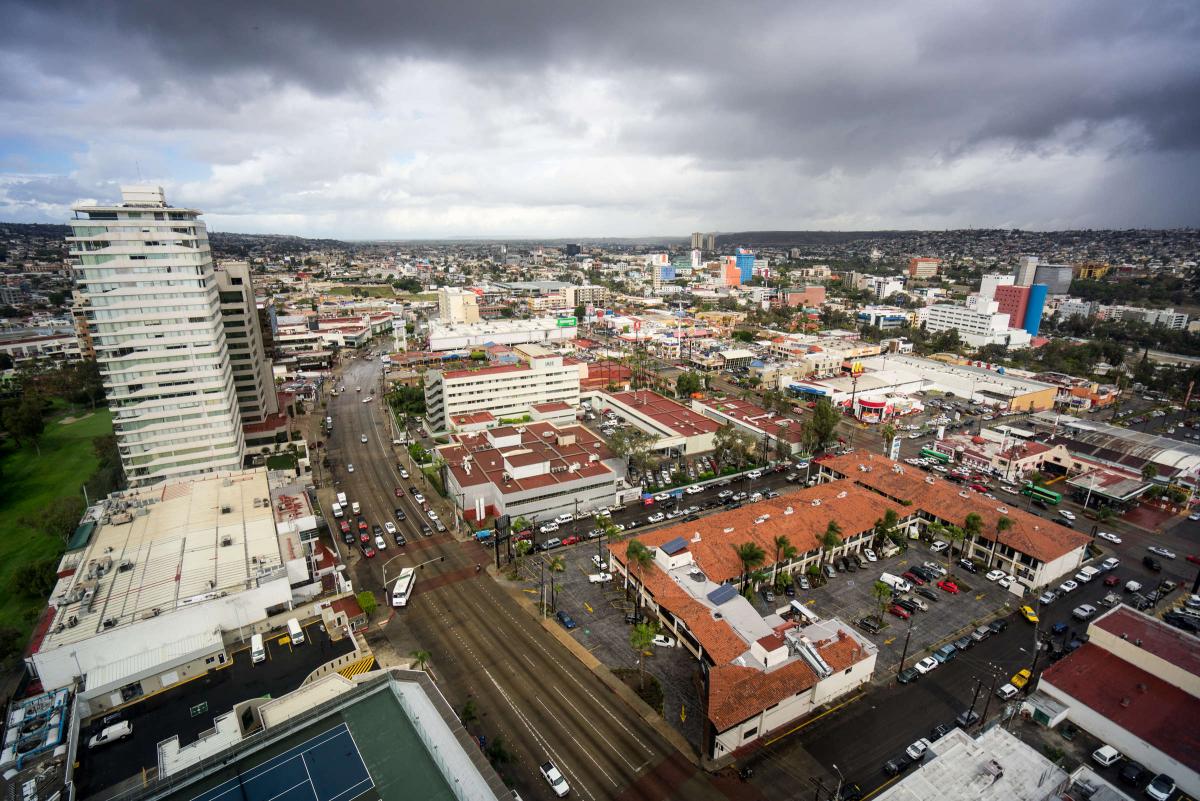December 23, 2019
Diez cenotes, o, cenotes sobredosis!
Ingredients: the Yucatan peninsula; three free days between business events; a great desire to check out cenotes and bathe in them.
Something to be factored in: No Rio Secreto this time; been there a few times, done that, swum that – without the t-shirt.
Decision: Uno, dos, tres – let’s check out 10 cenotes!
There are four types of Cenotes: Cantaro (a cave with a hole in the roof thereof); cilindricos (with strictly vertical walls); aguagas (with shallow water basins); and grutas (cave cenotes, with a horizontal entrance with dry sections). Now, for some reason, along the coast of Yucatan there are mostly the latter to be found – grutas, while if you drive further from the coast inward they are overtaken by cantaro. Why, I don’t know.
Anyway, we set off to study the cenotes in the Dos Ojos park. Here, there are a full 28 cenotes, with around 10 accessible to folks for entering and bathing in. Apparently all the cenotes are part of one and the same system and interconnected as a single labyrinth (underwater river) – which runs to a total length of… 80 kilometers! And it’s all just 15km from Tulum.
All righty. Off we go – to Dos Ojos…
































